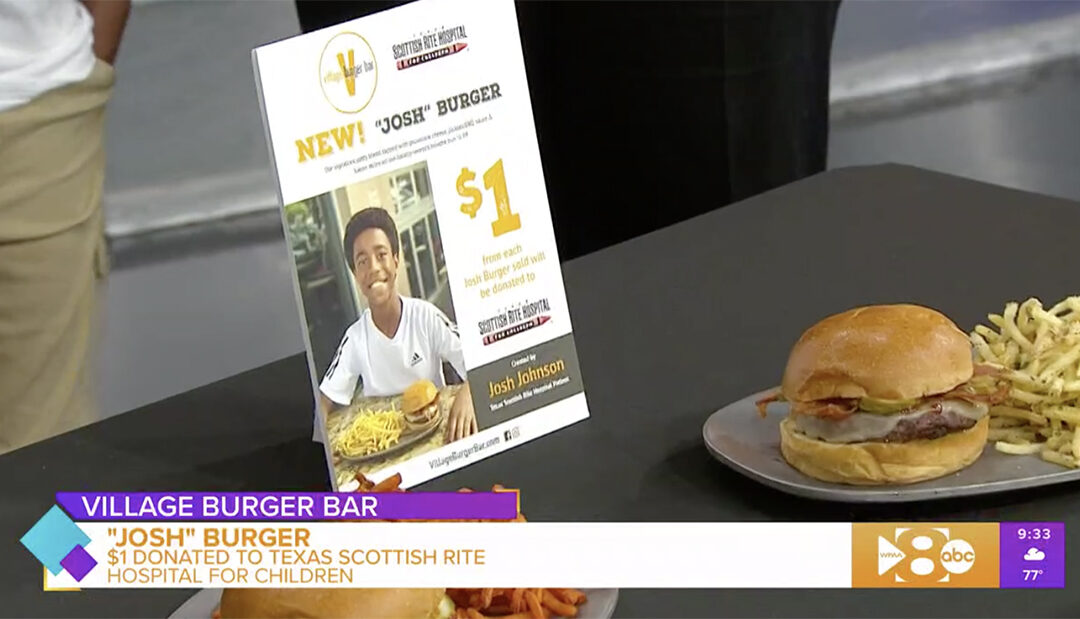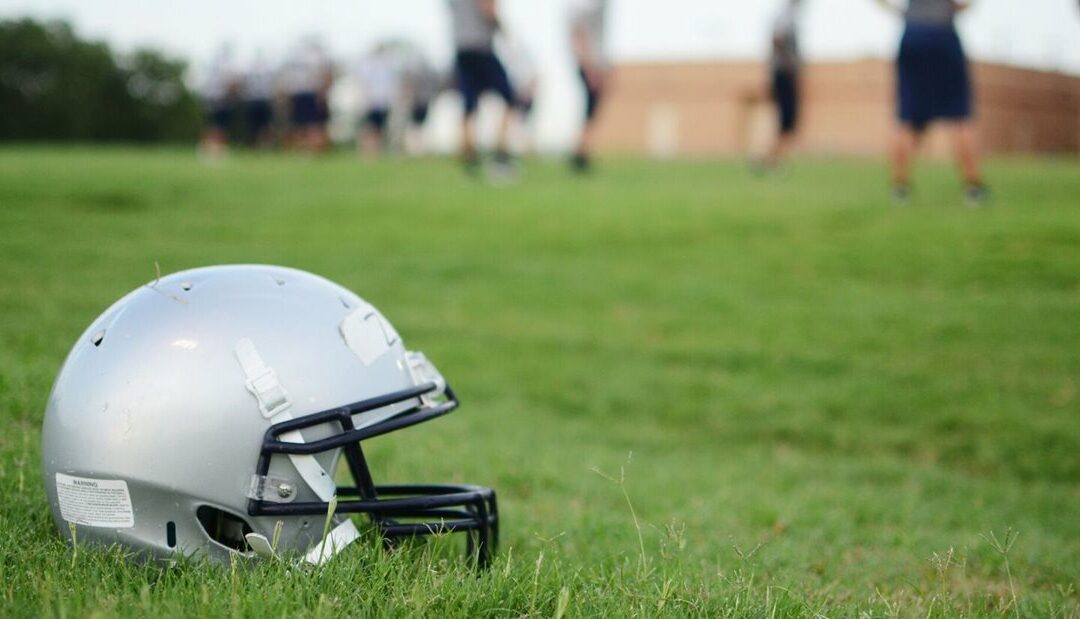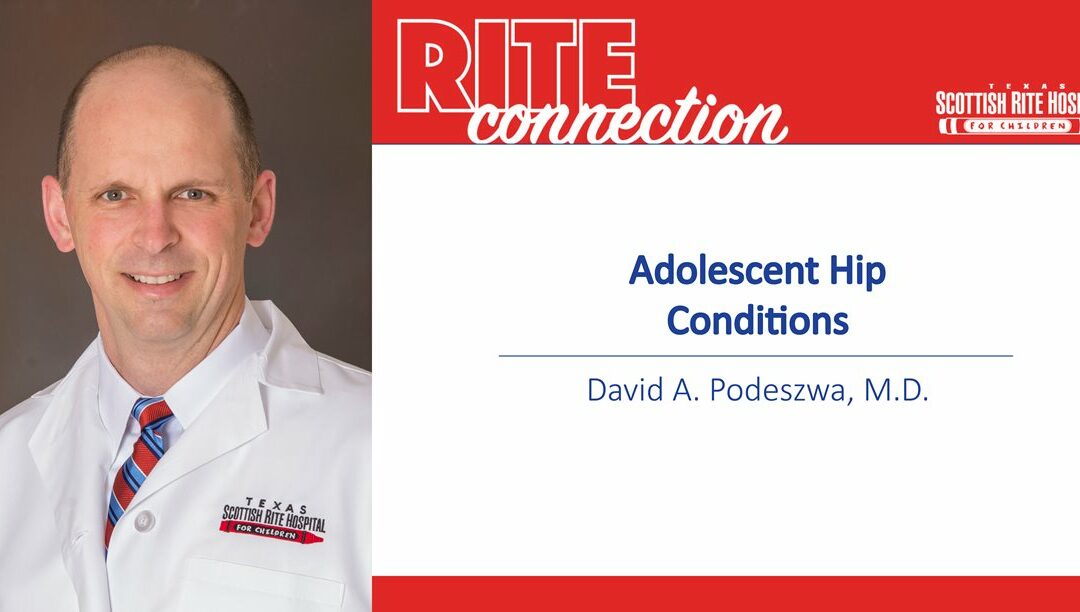
Hot Topics in Sports Medicine: Modalities and Trends
Key messages from a presentation by sports medicine physician Jane S. Chung, M.D., at Coffee, Kids and Sports Medicine.
Watch the lecture
Print the PDF
Young athletes present for post-injury care and performance training guidance in many settings from school training rooms to pediatrician offices. All health care providers should be familiar with the basics of popular modalities and trends in order to provide evidence-based advice to children and parents. This article covers four popular areas of sports rehabilitation and performance.
Chung says, “The key message I want providers to hear is that for many of these trends and modalities, most of these studies have been done specifically in the adult population. Evidence and utility for the pediatric population still needs to be thoughtfully investigated.”
Platelet-Rich Plasma: Evidence and Current Applications
Platelet-rich plasma (PRP) is a high concentration of growth factors & cytokines released by platelets to augment the natural healing process. Blood is collected from the patient and processed. The plasma is injected into the treatment area in a clinic or surgical procedure. Some use ultrasound to guide the injection.
Gaps in literature: Standardized volume to inject, frequency for injections, post injection care not determined
Indications: Chronic tendon injuries (tennis elbow, jumper’s knee, Achilles tendonitis), ulnar collateral ligament injuries, rotator cuff injuries, acute muscle injuries and knee osteoarthritis
Show me the evidence: Watch the video to hear a summary of several relevant studies.
Take Home Points
- There is no evidence, to date, that PRP in acute muscle injuries is superior than placebo or rehabilitation alone.
- PRP is associated with a reduction in patient reported pain (up to one year) for certain conditions.
- Despite widespread usage, little is known on benefits of PRP on the musculoskeletal system.
Blood Flow Restriction Technique: What is it, Applications in Therapeutic Setting
Blood Flow Restriction (BFR) technique or training is a form of strength training which is an important component of rehabilitation and performance training. This modality uses partial vascular occlusion while performing exercises at low loads to improve muscle strength, size and endurance.
This technique uses low-load resistance (20-30% 1RM) for training while in the restricted state. This is less than half of traditional heavy-load (60-70% 1RM) strength training. Therefore, this may be appropriate for certain populations where heavy-load training is not appropriate.
How it works: Induce BFR using a pneumatic cuff inflated proximally on a limb. Perform low-load exercise while blood flow is restricted.
Populations where heavy-load strength training is contraindicated and BFR has been studied: Post-ACL reconstruction (ACLR), knee osteoarthritis (OA), adults with sarcopenia and inclusion body myositis.
Show me the evidence:
- Past decade, research showing BFR in combo w/ LL (light load) training → significant muscle strength and size in healthy individuals
- Concerns about adverse effects have not been published in studies, only case reports.
- Promising but not conclusive results for post ACL reconstruction early strengthening and pain for some patellofemoral pain populations.
- Positive results as an adjunct to traditional physical therapy post-knee arthroscopy.
Take Home Points
- Clinical applications for BFR training in patients with musculoskeletal conditions are vast.
- Further studies are needed to study the efficacy and safety of BFR in both operative and non-operative orthopedic conditions.
- More effective than low-load training alone but less effective than heavy-load training.
- Limited data is available in the pediatric population.
- Might be appropriate adjunct therapy for knee OA, patellofemoral pain, post op knee arthroscopy, post-ACLR and muscle injuries (hamstrings).
Whole Body Cryotherapy: What is it, A Cool Trend That Lacks Evidence?
Whole body cryotherapy (WBC) is a brief, full body exposure to dry air at cryogenic temps of -110⁰ to -140⁰ C for two to four minutes, in a nitrogen-cooled cryochamber, where liquid nitrogen fluxes through pipes inside the chamber’s wall.
Gaps in literature:
- Lack of standardized protocols for temperature, timing and frequency.
- Unknown effects on muscle recovery after mechanical overload in athletic populations.
- Wide variation in study designs.
- Inability to blind (and unable to eliminate placebo effect).
Take Home Points
- Possible benefits include enhanced recovery after injuries, post-exercise and counteract inflammatory symptoms from overuse, post-traumatic recovery, pain and performance.
- NOT FDA regulated, NOT cleared/approved by FDA as a safe and effective device to treat medical conditions.
- Skilled and trained personnel must control procedures to prevent adverse effects (necrosis, skin burning).
- Current contraindications: cryoglobulinaemia, cold intolerance, Raynaud’s disease, hypothyroidism, acute respiratory system disorders, cardiovascular disease, purulent-gangrenous cutaneous lesions, sympathetic nervous system neuropathies, cachexia, hypothermia, claustrophobia, mental disorders hindering cooperation during test, pregnant women, children under 18 (need parental consent).
High Intensity Interval Training: Pros and Cons, is it for Everyone?
High intensity interval training (HIIT) is repeated bouts of high intensity effort followed by varied recovery times. The intense work period can range from five seconds to eight minutes at 80 – 95% of estimated maximal heart rate. Recovery periods can last as long as work periods performed typically at 40-50% of estimated maximal heart rate. Total workout time ranges from 20 – 60 minutes.
Known benefits are consistent with other cardiovascular exercise, these include aerobic and anaerobic fitness, reduced blood pressure, improved cardiovascular health, improved cholesterol profiles, loss of abdominal fat and body weight while maintaining muscle mass, insulin sensitivity and possibly improved brain health.
Contraindication: exertional rhabdomyolysis
Gaps in literature: General lack of studies on the topic, optimal exercise duration and rest intervals remain unclear.
Take Home Points
- Positive results in studies that include children and adolescents.
- Living sedentary lifestyle or periods of inactivity, obesity, hypertension, diabetes: obtaining medical clearance from physician may be appropriate prior to starting HITT program.
- Can easily be modified for people of all fitness levels and special conditions (i.e. overweight, diabetes).
- Can be performed on all exercise modes: cycle, walk, swim, aqua training or elliptical.
- Time efficiency: similar benefits as to continuous endurance workouts, but in a less time.
- Burns more calories especially post workout due to increased excess post-exercise oxygen consumption (EPOC) after HIIT workouts.
Young athletes are highly motivated to return to sport quickly after an injury and will look for any advantage in the process. The highly competitive nature of youth sports is also driving healthy young athletes to seek ways to improve performance. Our responsibility as health care providers is maintain a general knowledge base about treatment options in the market. Understanding the risks and perceived or potential benefits of these and other modalities will help you guide parents and young athletes in making informed choices.





